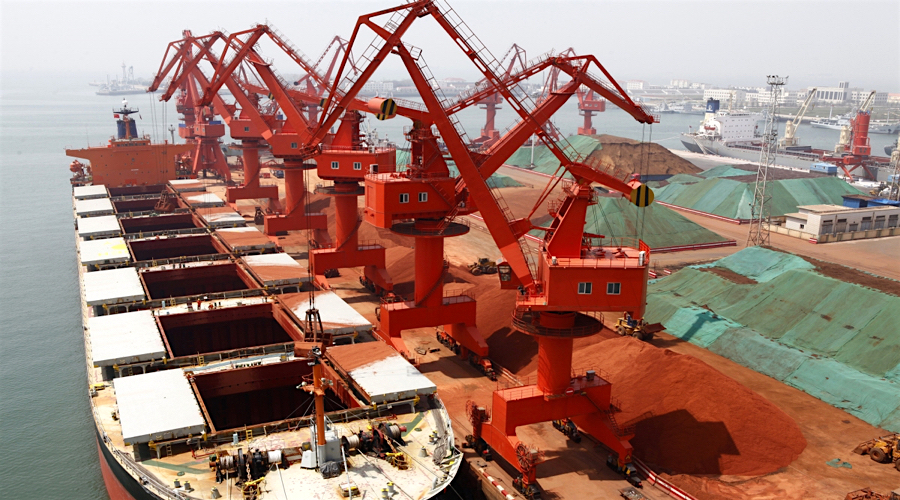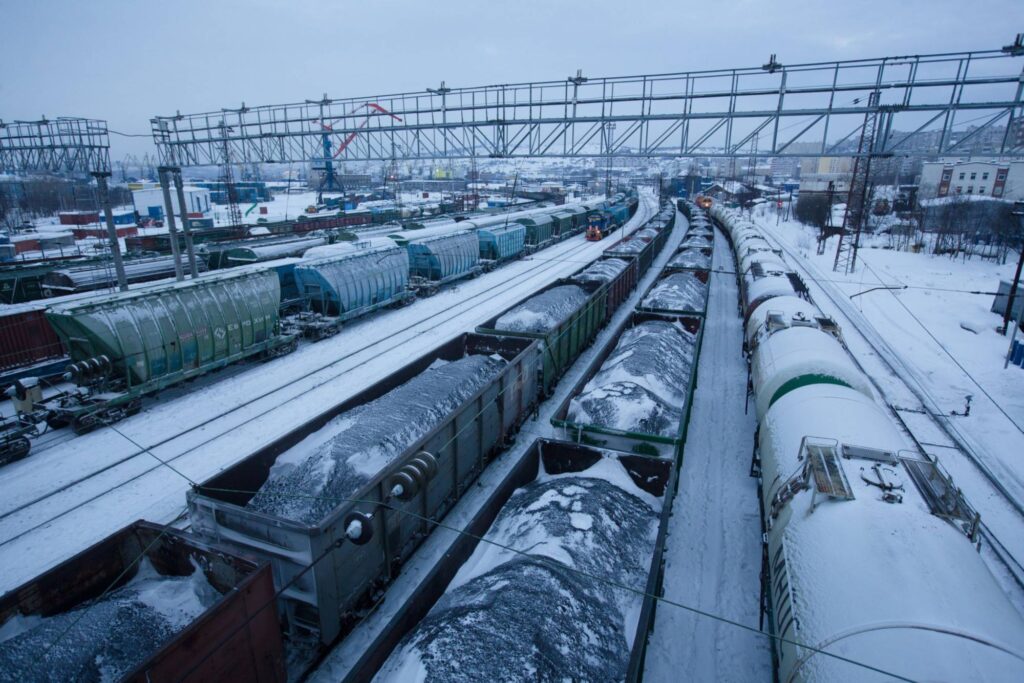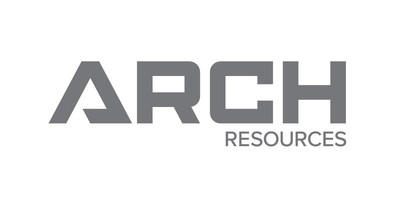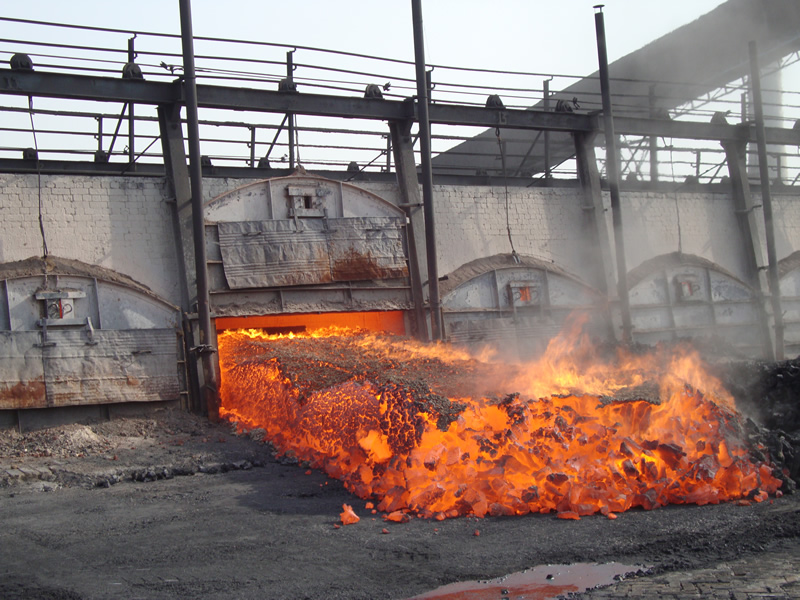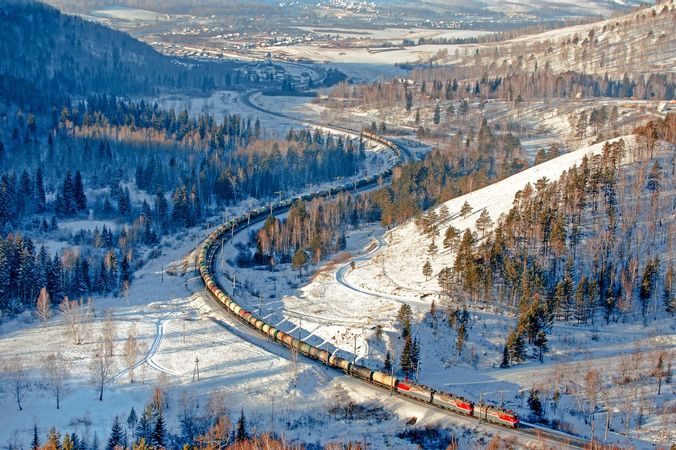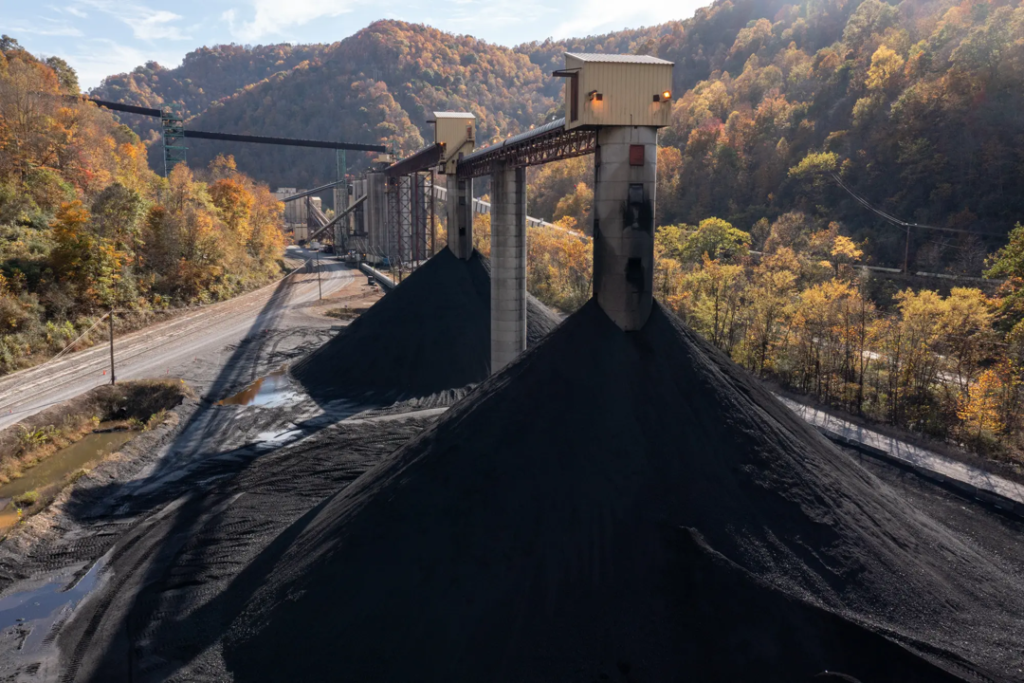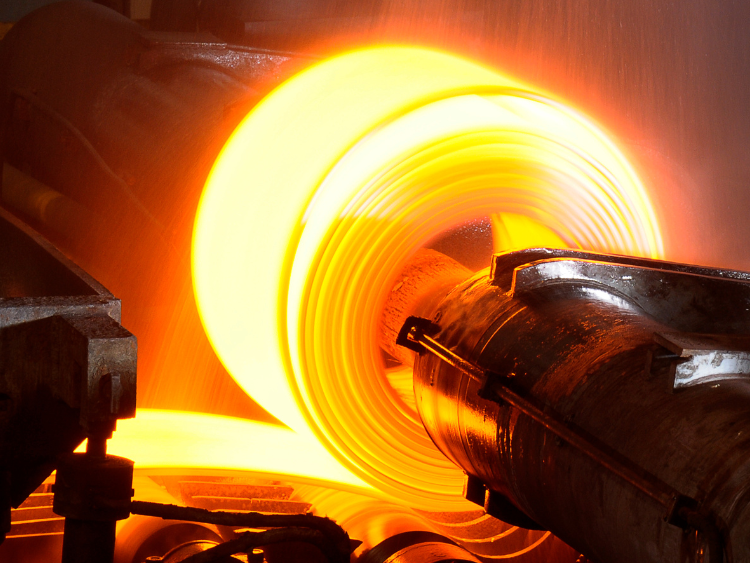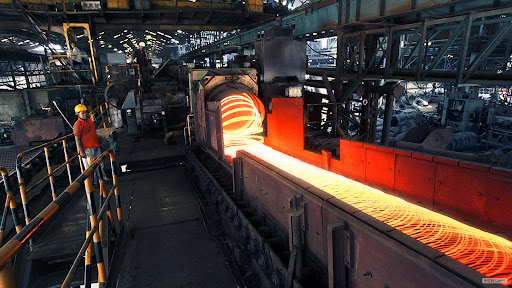Fitch Ratings, a prominent international credit rating agency, has updated its financial forecasts, indicating a rise in iron ore price assumptions for the years 2024 to 2026. This adjustment comes in response to a constrained supply of iron ore, anticipated to impact the market in the coming years.
For the year 2024, the price assumption for iron ore has been adjusted from the previous $80 per metric ton (mt) to $105/mt. A year later, in 2025, the price is projected to decrease slightly to $90/mt, down from the initially assumed $80/mt. For 2026, Fitch Ratings expects the price to further adjust to $85/mt from the earlier $75/mt estimate. These revised assumptions are a reflection of operational difficulties faced by several key producers, which stem from underinvestment in the sector since 2020, leading to the current supply limitations.
Alongside iron ore, the agency has also recalibrated its expectations for coking coal, another crucial component in steel production. For the year 2024, the price assumption has been increased from $210/mt to $240/mt due to a combination of diminished seaborne supply and faltering exports from major producers like Australia and Russia. However, the projections for 2026 remain unchanged at $170/mt.
Fitch Ratings anticipates a gradual recovery in exports from Australia by the second quarter of 2024. On the other hand, exports from Russia, particularly those affected by sanctions, are expected to remain subdued. Despite these challenges, the demand is currently upheld by robust steel production in China, although Fitch suggests this demand may start to taper off as the year progresses.
These updated price assumptions by Fitch Ratings underscore the potential volatility and price sensitivity in the raw materials market, influenced by geopolitical events, supply chain disruptions, and shifts in demand patterns. The forecasted price hikes suggest that the industry may need to brace for increased costs, which could potentially influence the global steel market’s dynamics over the next few years.
By: The Coal Trader, AI generated

